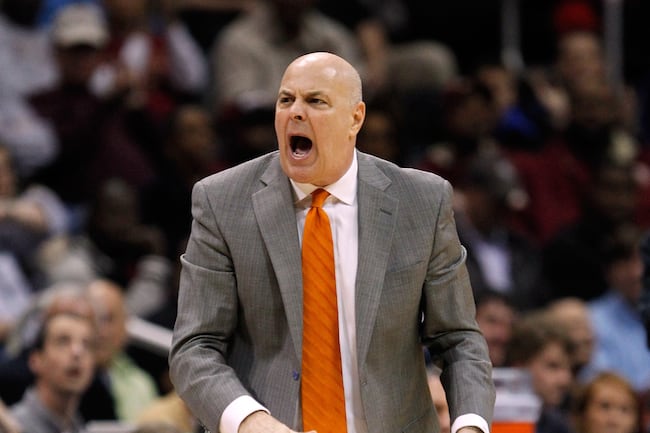I’ve already covered the Big South and Horizon tournaments, as well as the A-Sun, Northeast, Patriot, OVC, and WCC. The Missouri Valley, along with Bucknell, Belmont, and the WCC power duo of Gonzaga and Saint Mary’s already covered, sports two potential Bid Stealers as both Creighton and Wichita State should be in the NCAA Tournament regardless of what happens in Arch Madness this week.
There is, however, a good chance that a team outside of the MVC’s top pair takes home the tournament title and accompanying ticket to the big dance. Northern Iowa, Illinois St, Indiana St., and Evansville combined have a nearly 20% chance to win the title, with each having a better than 3% chance. For Creighton and Wichita State, they still have plenty to play for. Right now, both teams are looking at a seed in the middle of the pack, and they want to do everything they can to move off the 8 and 9 seed lines. A couple wins in the conference tournament could shift them into the 5-7 seeds and greatly increase their chances of reaching the Sweet 16.
| Sd | Team | Qtrs | Semis | Finals | Champ |
|---|---|---|---|---|---|
| 1 | Creighton | 89.3 | 72.1 | 46.9 | |
| 2 | Wichita State | 90.9 | 62.7 | 33.0 | |
| 3 | Northern Iowa | 51.2 | 19.6 | 7.5 | |
| 6 | Illinois State | 48.8 | 16.4 | 5.6 | |
| 5 | Indiana State | 52.5 | 13.7 | 3.1 | |
| 4 | Evansville | 47.5 | 10.4 | 3.1 | |
| 9 | Drake | 54.2 | 6.7 | 2.4 | 0.4 |
| 8 | Bradley | 45.8 | 4.0 | 1.4 | 0.3 |
| 10 | Southern Illinois | 62.8 | 6.8 | 1.2 | 0.1 |
| 7 | Missouri State | 37.2 | 2.3 | 0.1 | 0.0 |
Next up: The Southern, MAAC, and Sun Belt conferences get under way Friday.

 It’s time to re-introduce the Achievement S-Curve for the 2013 season. For those of you that are new, I’ll give a quick recap in this post but check out previous posts that go into more detail about the system (try
It’s time to re-introduce the Achievement S-Curve for the 2013 season. For those of you that are new, I’ll give a quick recap in this post but check out previous posts that go into more detail about the system (try 
 Based on their respective records this might sound crazy. Brady has three rings, five total Super Bowl appearances, and a record 17 playoff victories. Manning on the other hand: a below .500 playoff record, just one Super Bowl ring, and a record eight “one-and-outs”. How could anybody in their right mind choose the latter over the former? It’s amazing what a little perspective can do. Let’s start from the beginning.
Based on their respective records this might sound crazy. Brady has three rings, five total Super Bowl appearances, and a record 17 playoff victories. Manning on the other hand: a below .500 playoff record, just one Super Bowl ring, and a record eight “one-and-outs”. How could anybody in their right mind choose the latter over the former? It’s amazing what a little perspective can do. Let’s start from the beginning. *UPDATE: I’ve temporarily changed the blog theme so that the tables in this post will be sortable and searchable.*
*UPDATE: I’ve temporarily changed the blog theme so that the tables in this post will be sortable and searchable.*